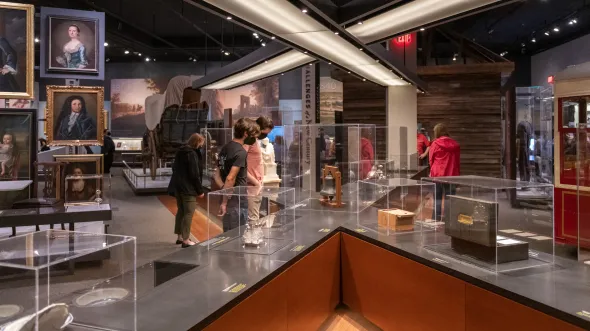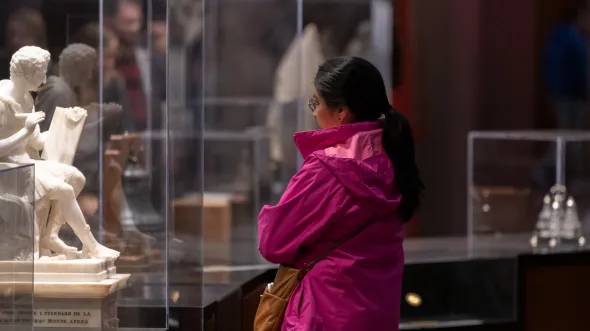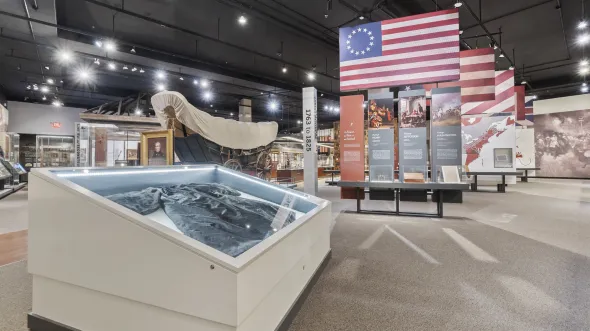About the Exhibition: This exhibition interprets16,000 years of Virginia history and features more than 500 artifacts, maps, letters, and diaries. Objects in the exhibition are supplemented by images from the VMHC's collection, soundscapes, video, and digital interactives. From the earliest American Indian artifacts to life in the state at the beginning of the twenty-first century, visitors can learn about the cultural and historical transformations of the commonwealth as they travel from one gallery to another.
The Story of Virginia
Admission: Included with Museum Daily Admission
Free for Members!
Not yet a member?
Inside the Exhibition
Experience The Story of Virginia Virtually
Google Maps Virtual Experience
Take a TourDistance Learning
Our award-winning HistoryConnects programs provide the opportunity to experience a museum educator-led program from any distance for both students and lifelong learners.
Plan an In-Person Visit
General Admission
Reserve tickets to visit the museum, view exhibitions and special displays, and explore the ever-evolving culture and history of Virginia. Daily Museum Admission: $0.00 to $12.00.
Book a Field Trip
School groups love to experience the museum in person. Our education staff hosts students from elementary through high school with age appropriate tours.
Exhibition Themes & Time Periods
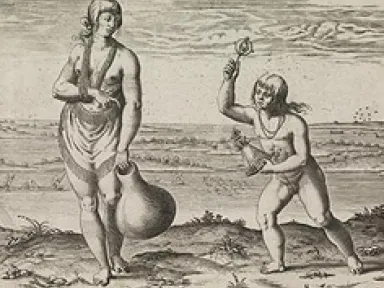
16,000 BC to 1622 CE
At the time of the great northern glaciers, Native Americans followed the game they hunted to Virginia. Ten thousand years later, as the cold of the Ice Age gave way to a warmer, drier climate, they relied also on foraging and farming. After about 900 CE they settled into villages that united into chiefdoms. In 1607, in pursuit of opportunity in a new world, English settlers intruded into an eastern Virginia chiefdom of thirty-two tribes (15,000 to 20,000 people). Its leader then was Wahunsenacawh, whom the new settlers called by his title, Powhatan.

1623 to 1763
The colony prospered. Tobacco—grown by indentured servants and enslaved Africans—sustained the economy. The first popularly elected legislative body in the New World was established. Following the failed Indian uprising in 1622 and on orders from London, the native peoples were “removed” and reduced in number to 3,000 by a “War of Extermination.” During the next hundred years, the remainder of Virginia’s population expanded a hundred fold. Social inequalities, however, and frontier conflicts with the French and with Indians made this distant dominion increasingly difficult to govern from London.
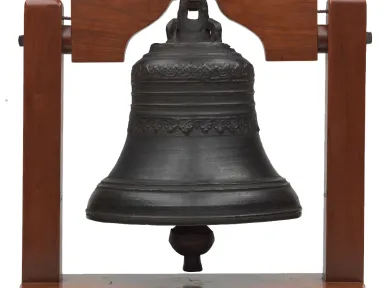
1764 to 1824
British taxation—introduced to pay for a British military presence in America—was unexpected by the Virginia gentry and resented. Those Americans began to view British policy as a plot against their liberty. They played leading roles in the Continental Congresses that debated independence, in the fighting of the American Revolution, and in the conception and implementation of a new government. Virginia also provided four of the new nation’s first five presidents. Virginia leaders advocated equality for all but they never considered extending it to women and African Americans.
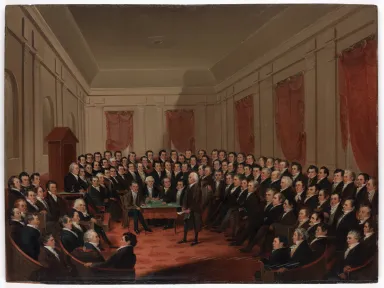
1825 to 1860
The decades following the presidency of Virginian James Monroe (1817–1825) saw populations shift, the economy expand, and attitudes about slavery harden. More and more families migrated from the soil-depleted Tidewater and Piedmont, while new and diverse peoples in the Shenandoah Valley prospered. The beginnings of the Industrial Revolution encouraged the growth of industry, urban centers, and “internal improvements” (transportation by road, rail, and canal). Those “improvements”––funded by taxes––became a subject of political debate. Slavery was as vehemently attacked by abolitionists as it was defended by proponents.
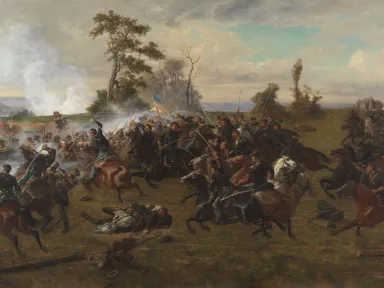
1861 to 1876
If Virginians were instrumental in creating the Union in 1776, they were also pivotal in breaking it apart eighty-five years later. Most Virginians rejected secession until they were called upon to provide troops after the Confederate attack on Fort Sumter. The far northwestern counties refused to secede and instead formed West Virginia. Virginia became the bloodiest battleground of the war. At its conclusion, slavery was ended and Black males could vote, but the daily lives and standard of living of African Americans changed little. Virginia was put under military rule for three years.
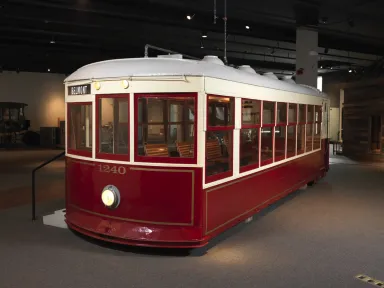
1877 to 1924
After the Civil War, Virginia remained largely rural, but Virginians embraced economic development and the new technologies that were revolutionizing everyday life. At the same time, however, they resisted political and social change––especially racial and gender equality. Living standards improved and income rose, but the political system became less democratic and society was rigidly segregated by race. “The New South” brought economic renewal but little reform. The Virginia legislature rejected a woman’s right to vote in 1919, and it passed a regressive Racial Integrity Act in 1924.
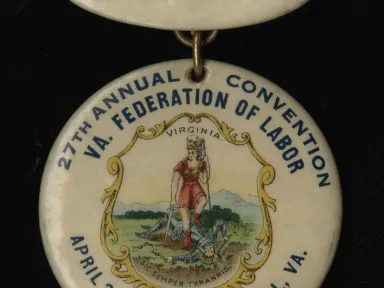
1925 to Today
A century of foreign wars expanded the presence of both the federal government in Northern Virginia and the military in the Hampton Roads area. Growth in those regions helped transform the state from a rural to a primarily urban one, from a poor to a relatively affluent one, and from a state with few non-natives to one with many. Only painstakingly, however, have minorities gained equality. Since 1960, the population has doubled. The largest employer now is the government, next is agriculture, which adds billions of dollars to the state’s economy.

